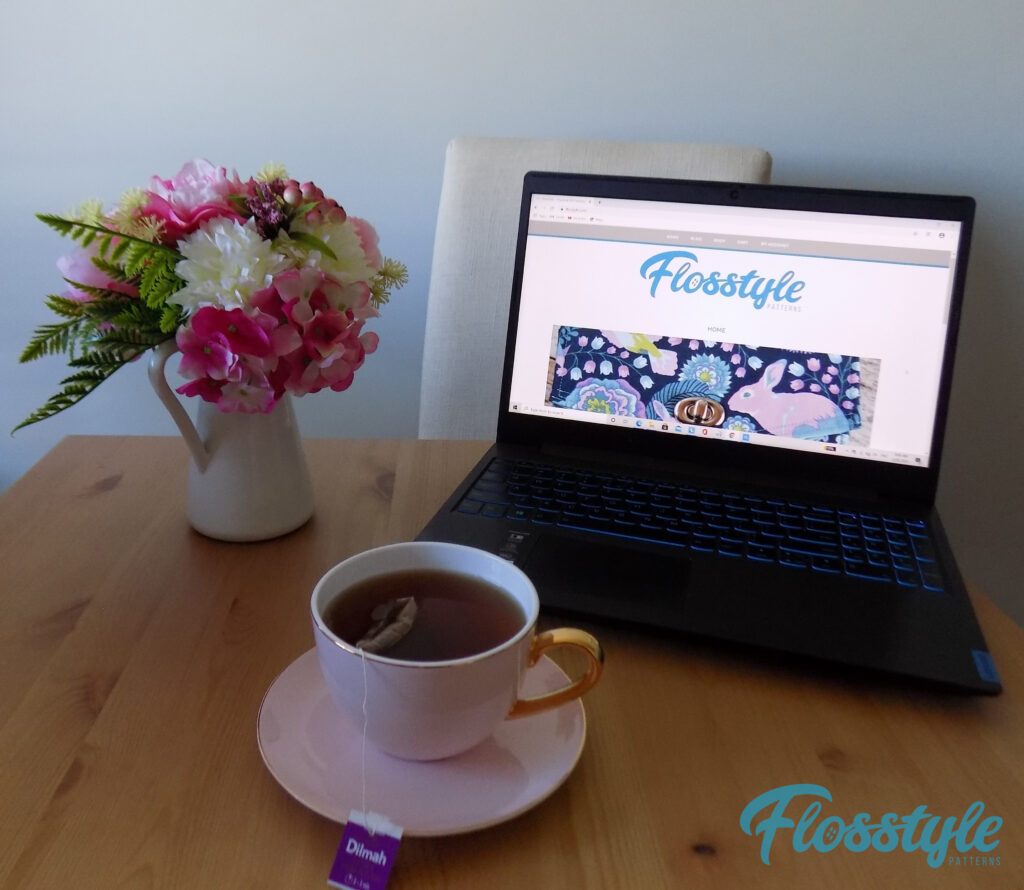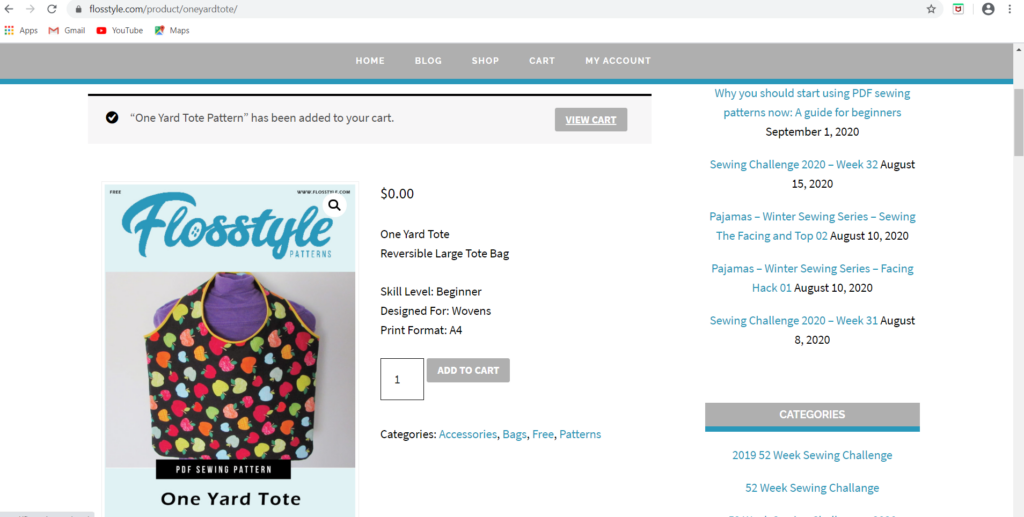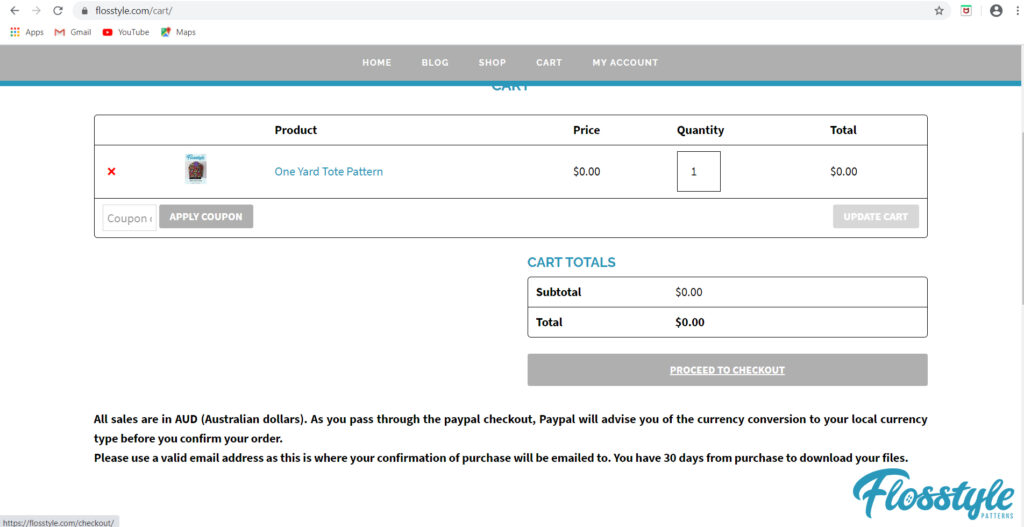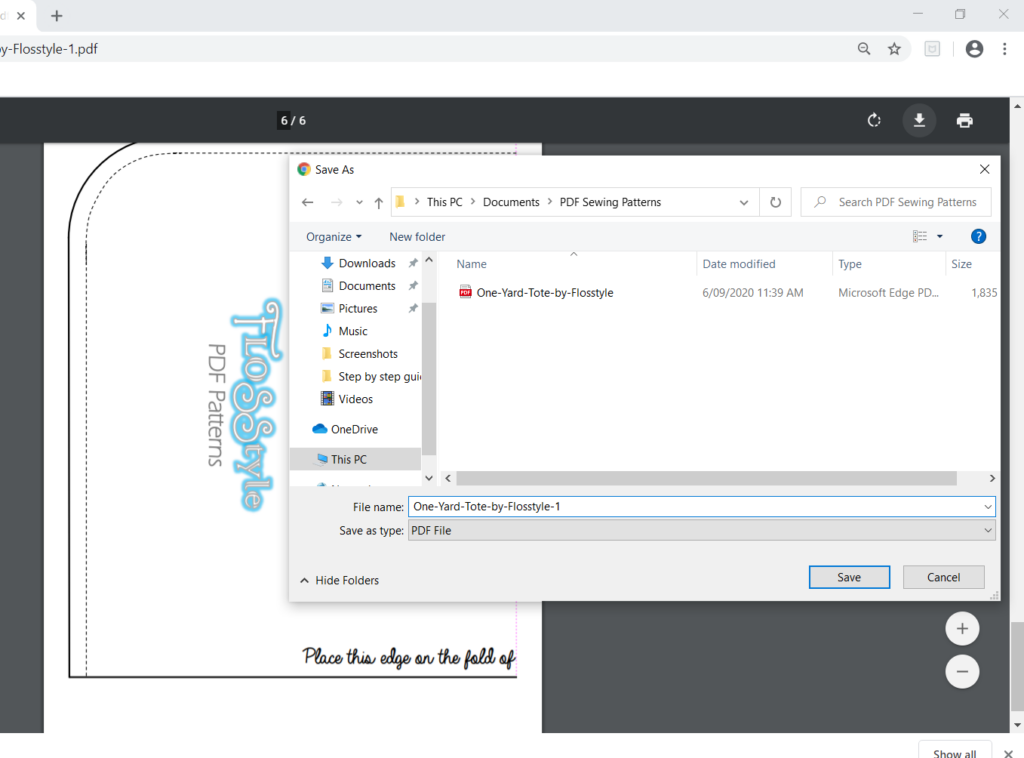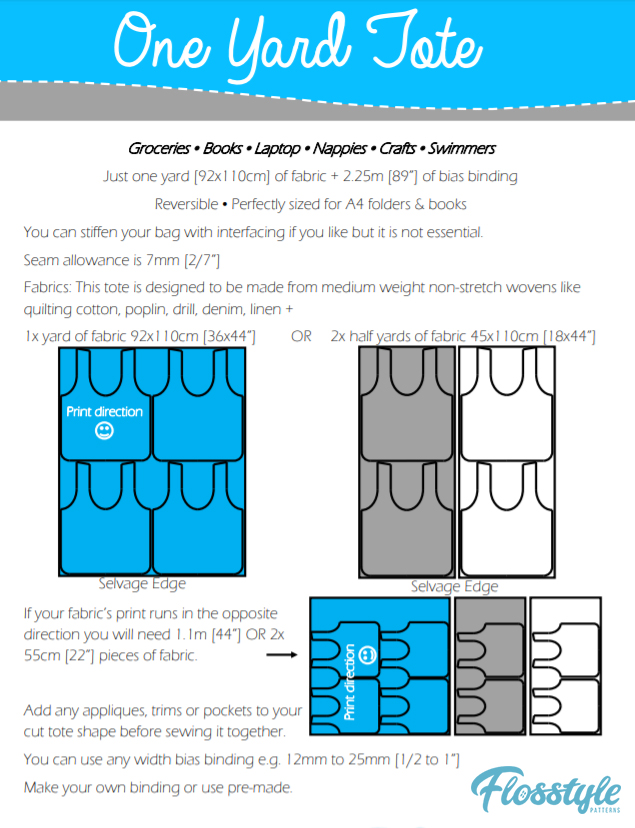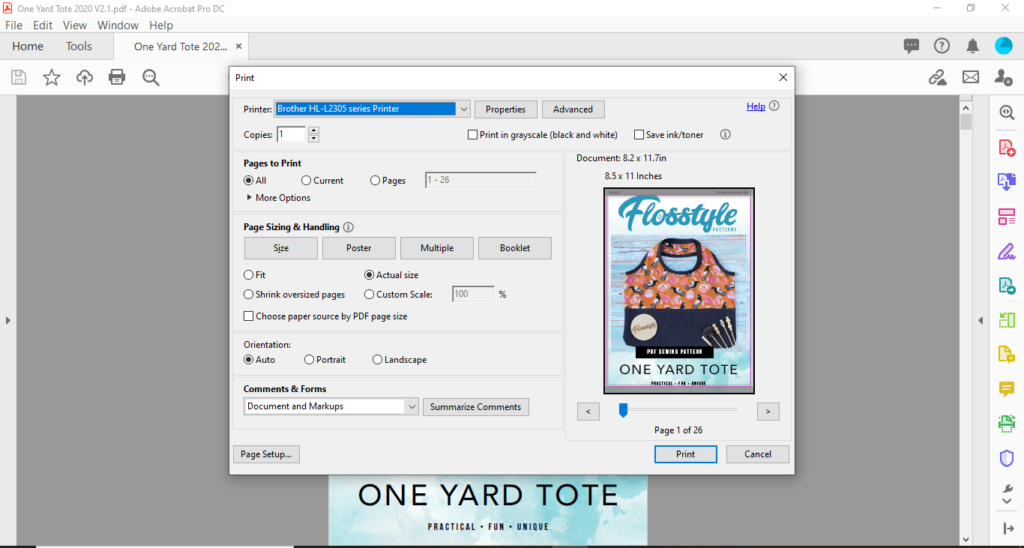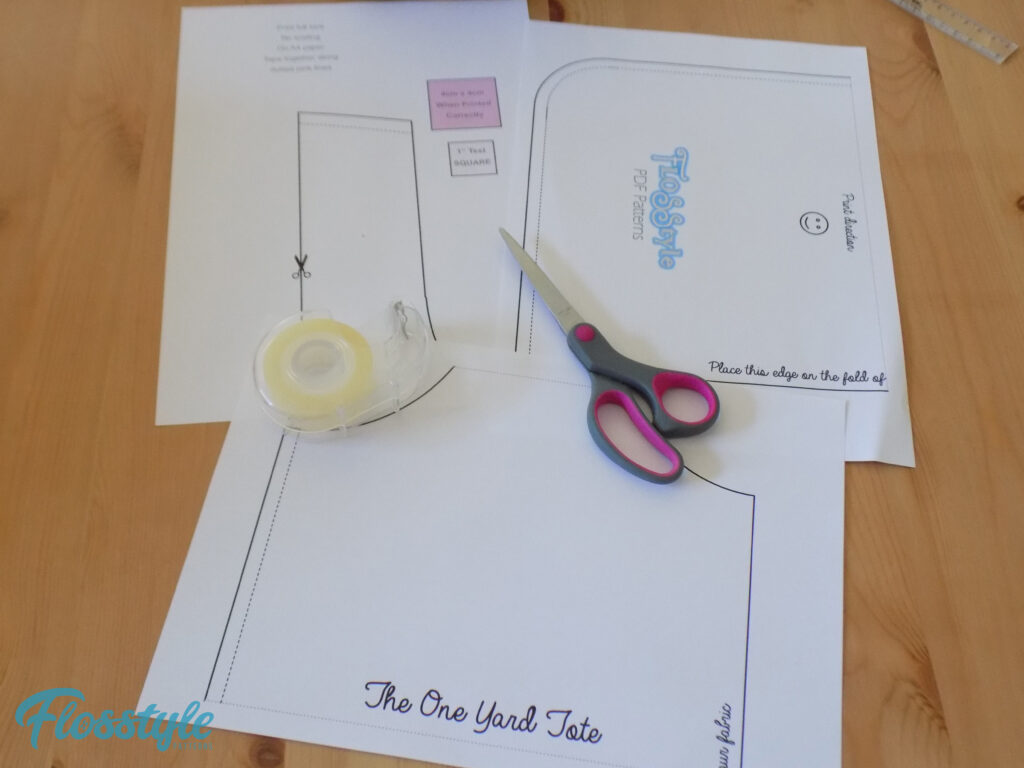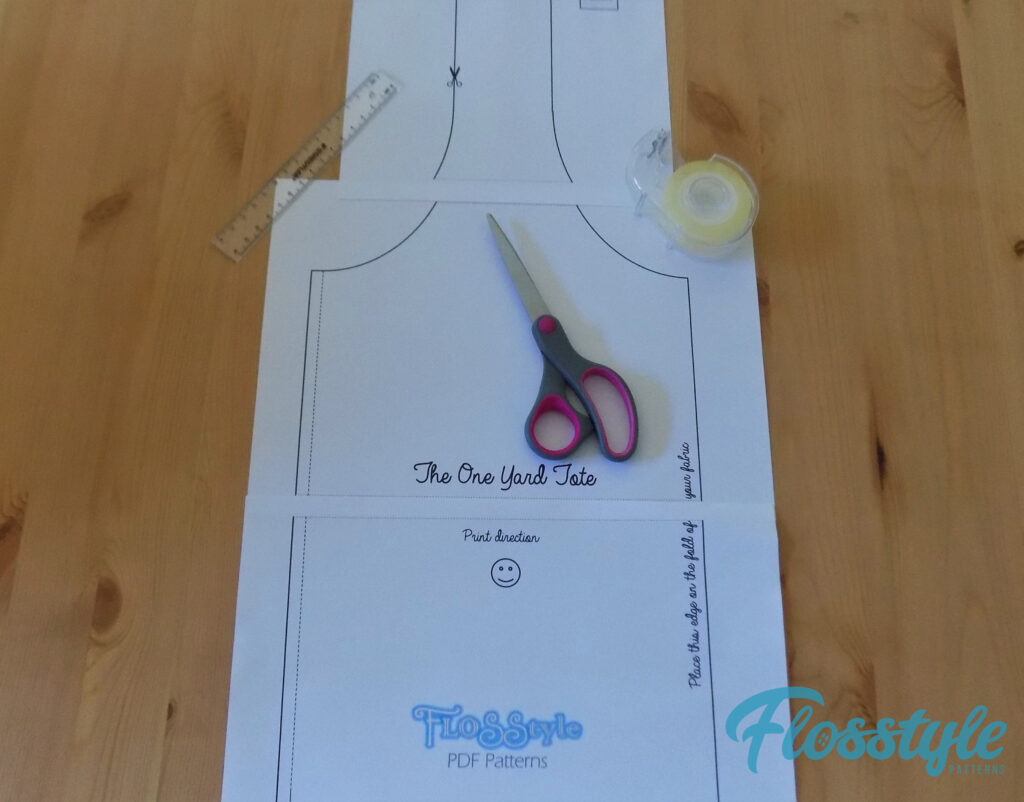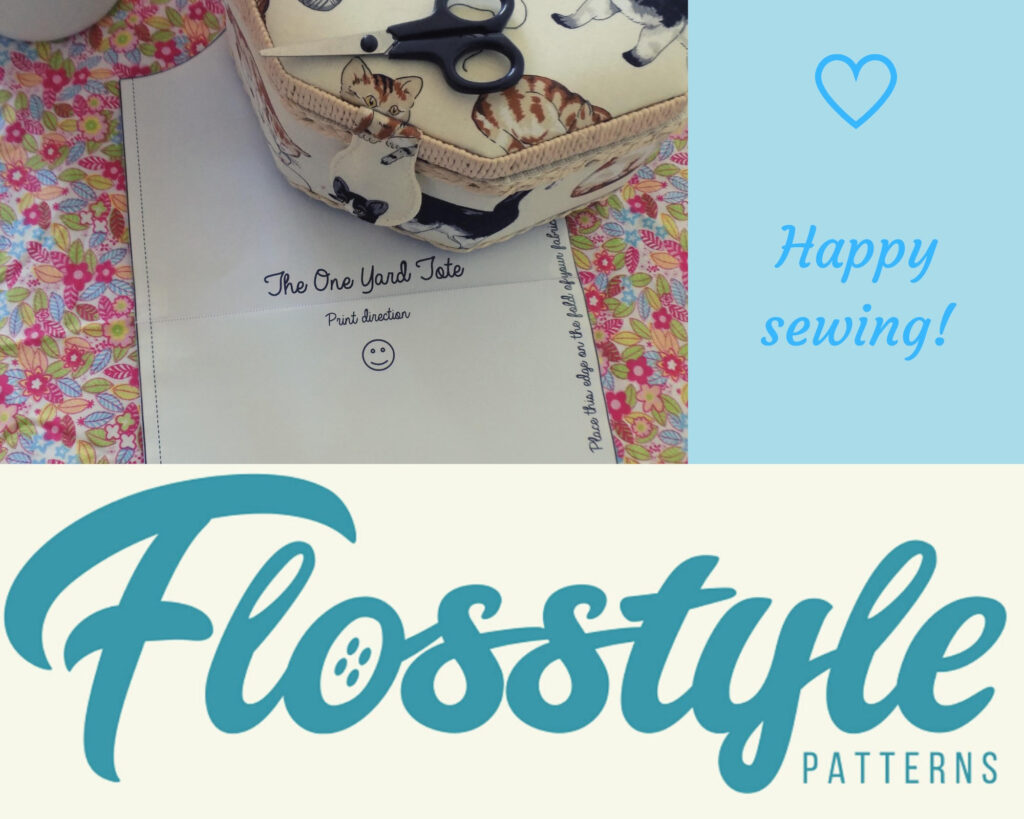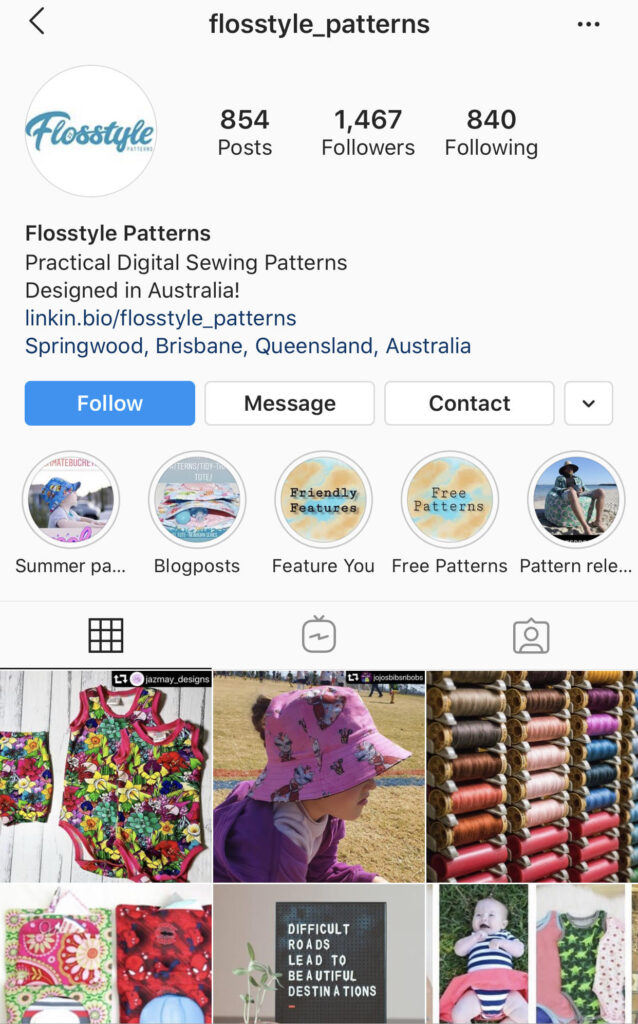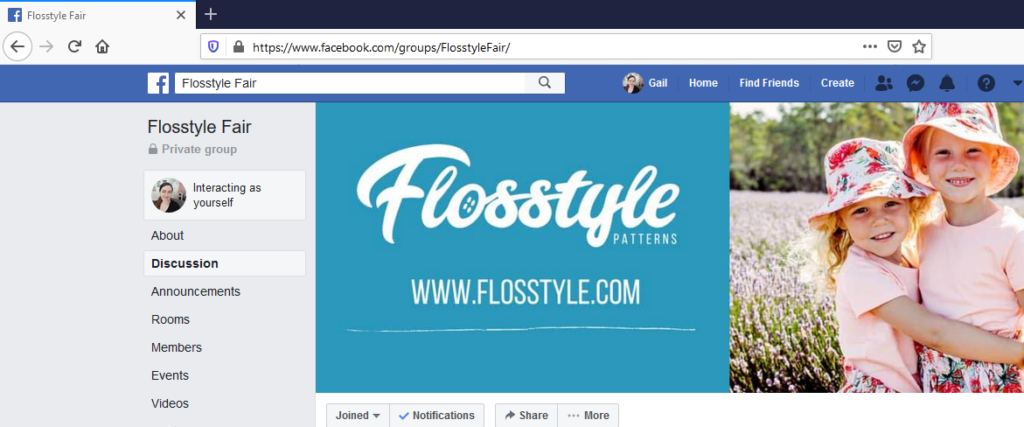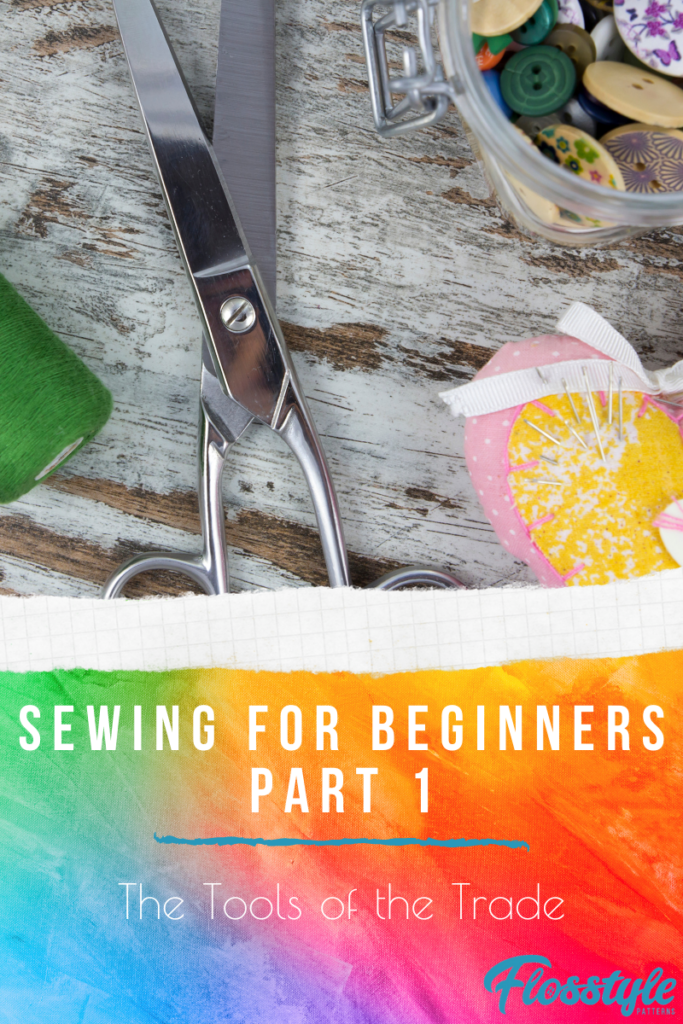
Have you always wanted to start sewing but not known where to start?
We are here to help you out! Over the coming months, we will be posting a series of blog posts that will help beginners get started sewing. Part one will take a look at the tools and equipment you will need before you can get started sewing.
Here at Flosstyle, we understand that sewing can be daunting for beginners. We want to help you create your own wonderful creations and have you sewing with confidence like a pro! The first thing a pro needs is a sewing toolkit with the essential tools of the trade.
Sewing is such a wonderful hobby that sparks creativity and boosts your well being. If you’d like to read more about the benefits of sewing, read our Sewing for mood, mental health and well being post. But for now, let’s get into the tools of the trade!
Sewing machine
Firstly, and most obviously, you will need a sewing machine. There are so many different sewing machines on the market, so choosing one that is user-friendly for beginners can be intimidating. We suggest doing research and buying a sewing machine that is marketed at beginners to ensure you’re set up for success. Watch this space, in the future we will post a beginners sewing machine buyers guide. A sewing machine is a huge investment to make, and you shouldn’t take it lightly. If you can’t wait for our guide, we suggest joining our facebook group, Flosstyle Fair, full of members who can help you with your decision.
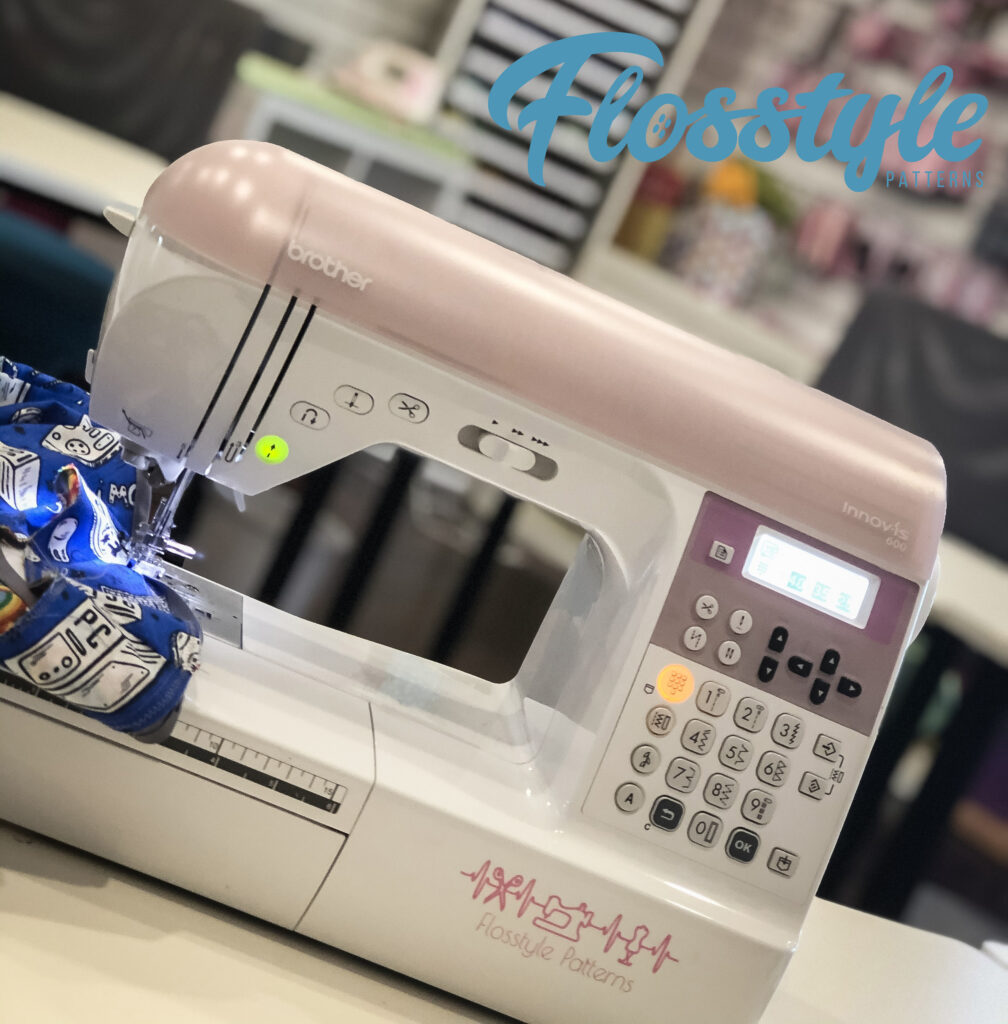
Scissors
In your sewing kit, you’ll need two pairs of scissors: one for cutting the paper patterns and one for cutting fabric. These are similar to the pair I use.
Pins
A set of pins is essential for all sewers. Pins secure pattern pieces to the fabric to aid in accurate cutting. Pins also secure the pieces of fabric you’ll be sewing together to ensure they are correctly aligned.
Oh, and don’t forget a cute pin cushion for storage!
Unpicker / seam ripper
While you may not think you will need an unpicker, we recommend making sure you have one before you get started sewing: unpicking mistakes is unfortunately inevitable. Thankfully, an unpicker makes relatively easy work of unpicking stitches.
Thread
As you get more confident and start sewing a variety of items, you’ll want to have a lot of different colours of thread in your kit. Start with whatever colour will match your first project and perhaps a black and white too. Remember some colours will match well with a range of others like the photo below.
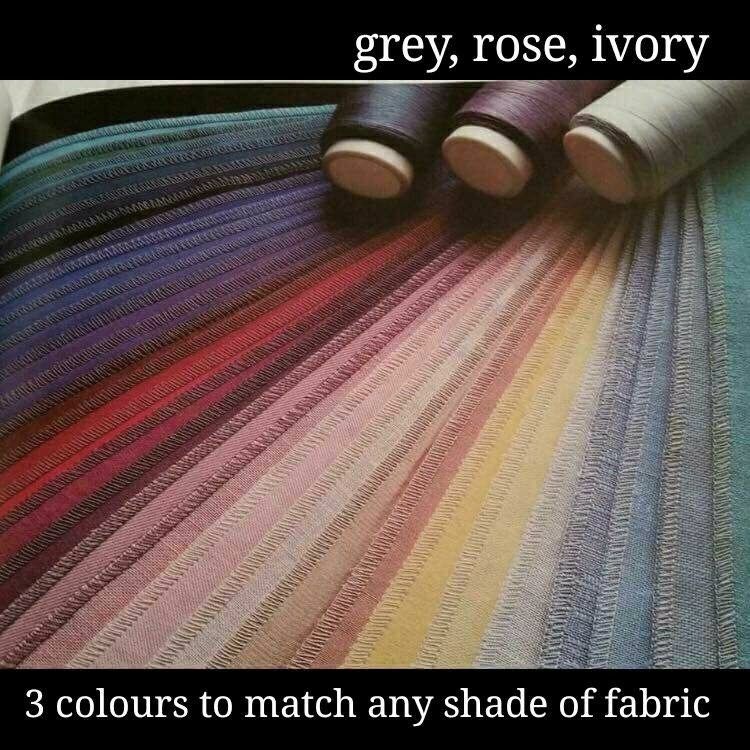
Measuring tape
Measuring tape is especially important for taking your own measurements, as well as measurements of the others you are making clothes for.
Spare sewing machine needles
While sewing machine needles don’t break too often, it’s a real inconvenience when they do! That’s why we recommend always having spares on hand.
Chalk / fabric markers
Many of your upcoming projects will require you to make marks on your fabric. Using chalk or fabric markers allow you to do this without staining your fabric.
Ruler
As outlined in our How to use PDF sewing patterns blog post, a ruler is essential for ensuring your pattern is the right size (especially important when you’re printing your own PDF patterns at home!). Don’t forget to check out all the PDF patterns we have available in our Flosstyle shop.
You could also use your measuring tape for this, but it’s a lot easier with a clear ruler.
Sewing box/bag
Now that you have all these tools, you can’t forget about a sewing box to store them all in! There are a bunch of different types of sewing boxes or bags to choose from ranging in price.
Optional:
These items are not necessary to start your sewing journey, but they may help, and this wouldn’t be a comprehensive toolkit guide without including them.

Rotary cutter
A rotary cutter is similar to a pizza cutter, but it’s used to cutting fabric… not delicious pizza. Some people find rotary cutters a lot more accurate than fabric scissors. If you decide to opt for a rotary cutter rather than fabric scissors (or, in addition to fabric scissors), you have to make sure you use a cutting mat, otherwise, your sewing bench will be all sorts of cut up.
Spare bobbins
While you can re-thread your bobbin using your sewing machine, some people prefer having spares that are threaded and ready to go (I admit, due to my lazy-ness, I am definitely one of those people!). However, this is very much a personal preference and can depend on the projects you’re undertaking as to whether you need spares on reserve.

Seam Gauge
A seam gauge allows you to measure small areas of the fabric as you sew. This tool is especially helpful for hems, seam allowances, buttons and pleats. While a seam gauge is incredibly useful, it isn’t essential for all projects, especially more simple projects aimed at beginners.
Now that you know what you need to get started, it’s time to get shopping! Let us know what you buy for your toolkit in the comments below. Keep an eye out for the next post in this series.
Happy sewing!
Jess
Have a picture you want to share or want to be inspired? Make sure to follow our instagram page
Don’t forget to join the facebook group for advice from experienced sewers
Pin our gorgeous designs on Pinterest

